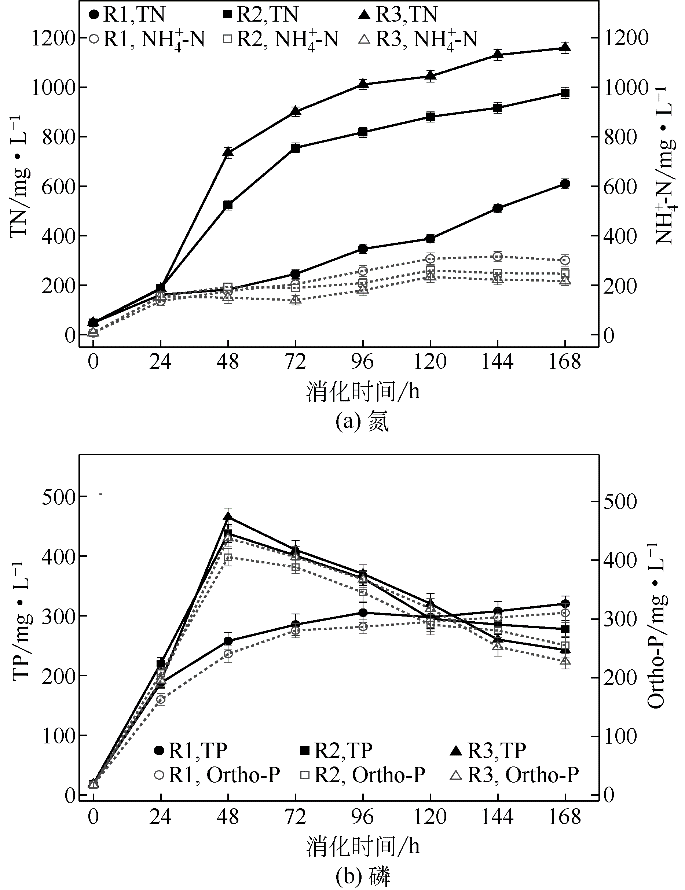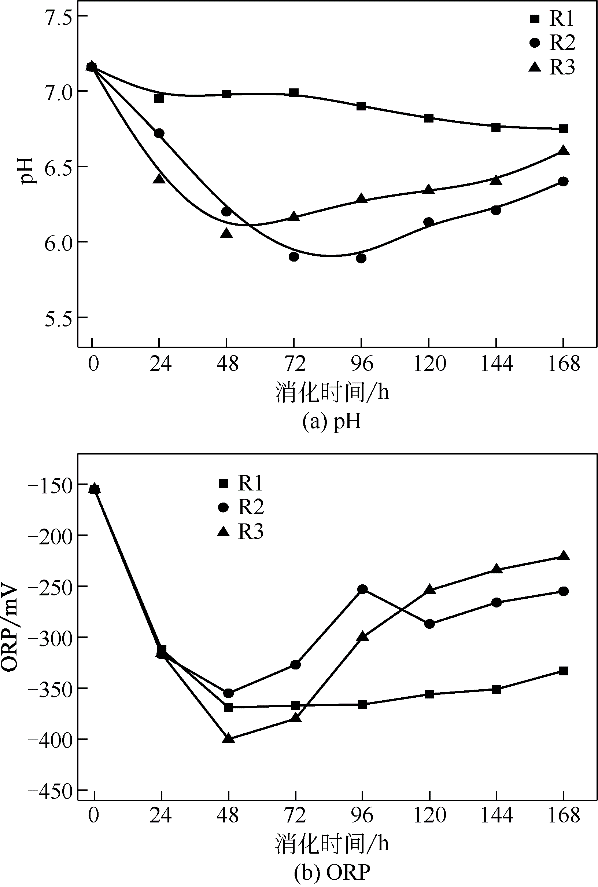| 1 |
NGUYEN T N P , CHAO S J , CHEN P C , et al . Effects of C/N ratio on nitrate removal and floc morphology of autohydrogenotrophic bacteria in a nitrate-containing wastewater treatment process[J]. Journal of Environmental Science, 2018, 69(7): 52-60.
|
| 2 |
BARNARD J L . Biological nutrient removal: where we have been, where we are going[J]. Proceedings of the Water Environment Federation, 2006, 13: 1-25.
|
| 3 |
HU J Y , ONG S L, NG W J, et al . A new method for characterizing denitrifying phosphorus removal bacteria by using three different types of electron acceptors[J]. Water Research, 2003, 37(14): 3463-3471.
|
| 4 |
KULIKOWSKA D , BERNAT K . Nitritation-denitritation in landfill leachate with glycerine as a carbon source[J]. Bioresource Technology, 2013, 142: 297-303.
|
| 5 |
SANTOS C E D , MOURA R B , DAMIANOVIC M H R Z , et al . Influence of COD/N ratio and carbon source on nitrogen removal in a structured-bed reactor subjected to recirculation and intermittent aeration (SBRRIA)[J]. Journal of Environmental Management, 2016, 166: 519-524.
|
| 6 |
THOMAS M , WRIGHT P , BLACKALL L , et al . Optimization of Noosa BNR plant to improve performance and reduce operating costs[J]. Water Science & Technology, 2003, 47(12): 141-148.
|
| 7 |
TAHERZADEH M J , KARIMI K . Pretreatment of lignocellulosic wastes to improve ethanol and biogas production: a review[J]. Internatioal Journal of Molecular Sciences, 2008, 9(9): 1621-1651.
|
| 8 |
SURENDRA K C , TAKARA D , HASHIMOTO A G , et al . Biogas as a sustainable energy source for developing countries: opportunities and challenges[J]. Renewable and Sustainable Energy Reviews, 2014, 31: 846-859.
|
| 9 |
CZECHOWSKI F , MARCINKOWSKI T . Primary sludge stabilization with calcium hydroxide[J]. Environmental Chemistry Letters, 2006, 4(1): 11-14.
|
| 10 |
贾舒婷, 张栋, 赵建夫, 等 . 不同预处理方法促进初沉/剩余污泥厌氧发酵产沼气研究进展[J]. 化工进展, 2013, 32(1): 193-197.
|
|
JIA S T , ZHANG D , ZHAO J F , et al . Research on different pre-treatment methods for improving anaerobic digestion of primary/excess sludge of biogas production[J]. Chemical Industry and Engineering Progress, 2013, 32(1): 193-197.
|
| 11 |
LIU S G , ZHU N W , LI L Y . The one-stage autothermal thermophilic aerobic digestion for sewage sludge treatment: stabilization process and mechanism[J]. Bioresource Technology, 2011, 104: 266-273.
|
| 12 |
LIU S G , ZHU N W , NING P , et al . The one-stage autothermal thermophilic aerobic digestion for sewage sludge treatment: effects of temperature on stabilization process and sludge properties[J]. Chemical Engineering Journal, 2012(197): 225-230.
|
| 13 |
JOWITT Z L , MAVINIC D S , KELLY H G . Batch and continuous feeding of thermophilic aerobically digested sludge supernatant as a carbon source for biological nutrient removal[J]. Journal of Environmental Engineering and Science, 2002, 1(1): 213-224.
|
| 14 |
国家环境保护总局 . 水和废水监测分析方法[M]. 4版. 北京: 中国环境科学出版社, 2002.
|
|
State Environmental Protection Administration of China . Methods for monitoring and analyzing water and wastewater[M]. 4th ed. Beijing: China Environmental Science Press, 2002.
|
| 15 |
LIU S G , YANG X , YAO X F . Effects of pH on the biodegradation characteristics of thermophilic micro-aerobic digestion for sludge stabilization [J]. RSC Adv., 2019, 9: 8379-8388.
|
| 16 |
WANG Z C , GAO M C , WANG Z , et al . Effect of salinity on extracellular polymeric substances of activated sludge from an anoxic-aerobic sequencing batch reactor[J]. Chemosphere, 2013, 93(11): 2789-2795.
|
| 17 |
徐昌文, 朱南文, 寿宗奇, 等 . 污泥返混对自热高温好氧消化效果的影响研究[J]. 环境污染与防治, 2013, 35(8): 23-27.
|
|
XU C W , ZHU N W , SHOU Z Q , et al . Effect of sludge backflow on autothermal thermophilic aerobic digestion process[J]. Environmental Pollution & Prevention, 2013, 35(8): 23-27.
|
| 18 |
冯磊, 寇宏丽, 张旭东, 等 . 餐余垃圾中高温高固体厌氧消化过程中的pH和氨氮抑制[J]. 环境工程学报, 2016, 10(9): 5100-5105.
|
|
FENG L , KOU H L , ZHANG X D , et al . pH and free ammonia inhibition during mesophilic and thermophilic high-solid naerobic digestion of kitchen waste[J]. Chinese Journal of Environmental Engineering, 2016, 10(9): 5100-5105.
|
| 19 |
王慧勇, 冯泽, 陈翔, 等 . 微波协同低碱预处理剩余污泥效果分析[J]. 化工进展, 2015, 34(9): 3456-3461.
|
|
WANG H Y , FENG Z , CHNG X , et al . Pretreatment effects of waste activated sludge by combined microwave and low-alkali[J]. Chemical Industry and Engineering Progress, 2015, 34(9): 3456-3461.
|
| 20 |
WILSON C A , NOVAK J T . Hydrolysis of macromolecular components of primary and secondary wastewater sludge by thermal hydrolytic pretreatment[J]. Water Research, 2009, 43(18): 4489-4498.
|
| 21 |
MAVINIC D S , MAHENDRAKER V , SHARMA A , et al . Effect of microaerophilic conditions on autothermal thermophilic aerobic digestion process[J]. Journal of Environmental Engineering, 2001, 127(4): 311-316.
|
| 22 |
FANG M , WONG M H , WONG J W C . Digestion activity of thermophilic bacteria isolated from ash-amended sewage sludge compost[J]. Water Air and Soil Pollution, 2001, 126(1/2): 1-12.
|
| 23 |
WANG D B , YANG G J , LI X M , et al . Inducing mechanism of biological phosphorus removal driven by the aerobic/extended-idle regime[J]. Biotechnology and Bioengineering, 2012, 109(11): 2798-2807.
|
| 24 |
WEI D , SHI L , YAN T , et al . Aerobic granules formation and simultaneous nitrogen and phosphorus removal treating high strength ammonia wastewater in sequencing batch reactor[J]. Bioresource Technology, 2014, 171: 211-216.
|
| 25 |
SHANABLEH A , JOMA S . Production and transformation of volatile fatty acids from sludge subjected to hydrothermal treatment[J]. Water Science and Technology, 2001, 44(10): 129-135.
|
| 26 |
LIPCZYNSKA-KOCHANY E . Humic substances, their microbial interactions and effects on biological transformations of organic pollutants in water and soil: a review[J]. Chemosphere, 2018, 202: 420-437.
|
| 27 |
成绍鑫 . 腐殖酸类物质概论[M]. 北京: 化学工业出版社, 2007.
|
|
CHENG S X . Introduction of humic substances[M]. Beijing: Chemical Industrial Press, 2007.
|
| 28 |
CLAPP C E , HAYES M H B , SIMPSON A J , KINGERY W L . Chemistry of organic matter[M] //TABATABAI M A , SPARKS D L , eds .Chemical Processes in Soils, SSSA Book Series 8. Madison, WI: Soil Science Society of America, 2005: 1-150.
|
| 29 |
HUANG P M , HARDIE A G . Formation mechanisms of humic substances in the environment, in biophysico-chemical processes involving natural nonliving organic matter[M] //SENESI N , XING B , HUANG P M , eds . Environmental Systems. Hoboken, NJ, USA: John Wiley & Sons, Inc., 2009: 41-111.
|
 ),Shugen LIU1(
),Shugen LIU1( ),Qunchao WANG1,Yongfeng JIA2(
),Qunchao WANG1,Yongfeng JIA2( ),Ping NING1
),Ping NING1





